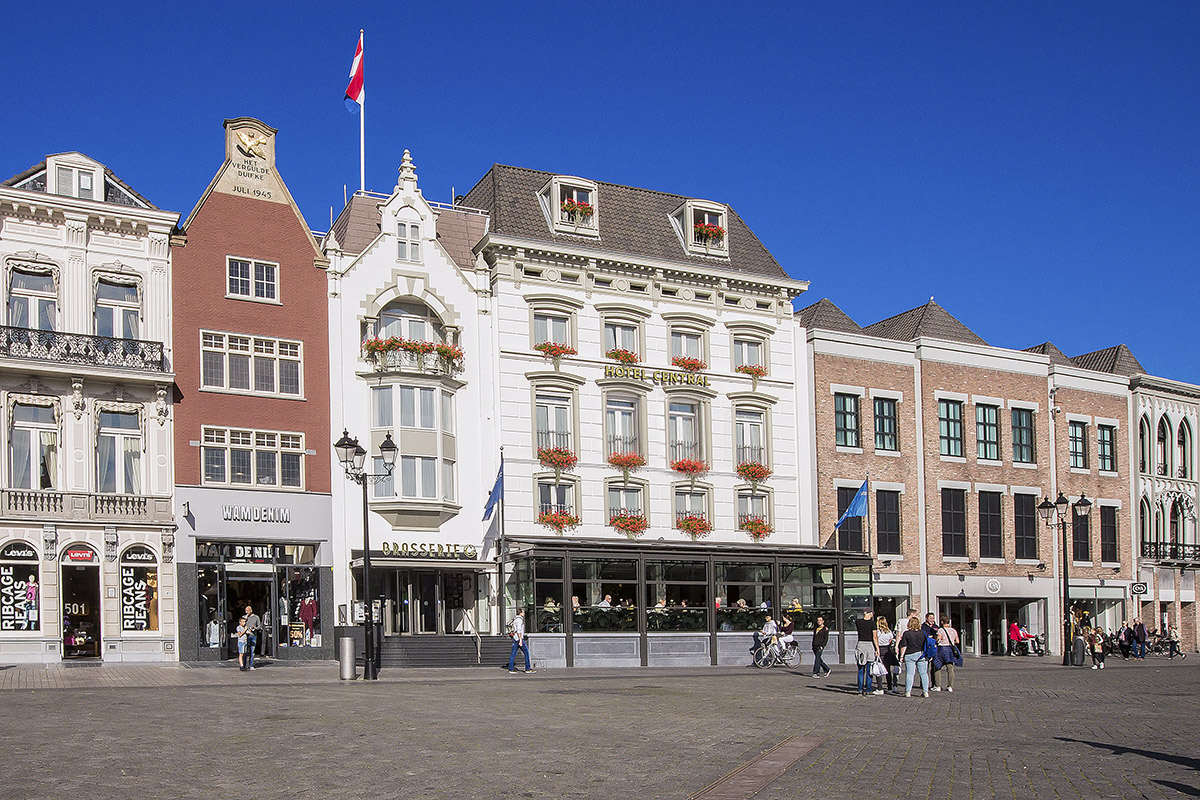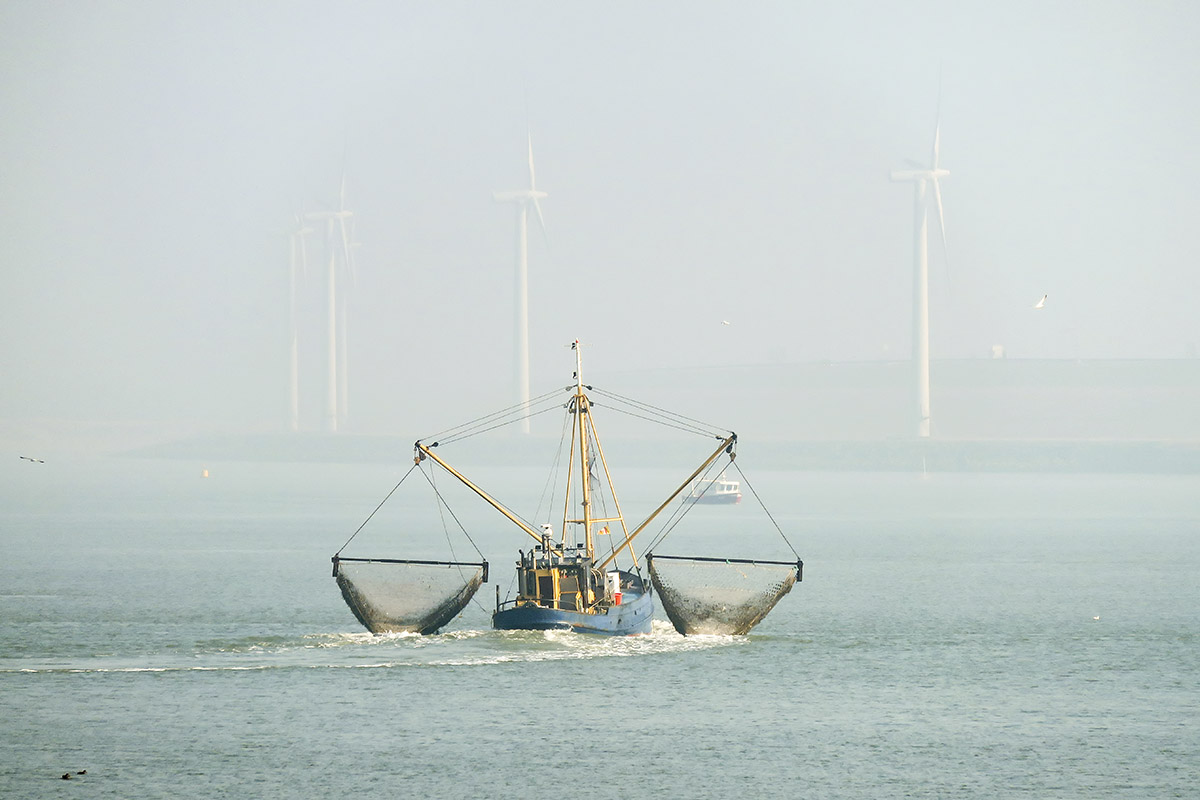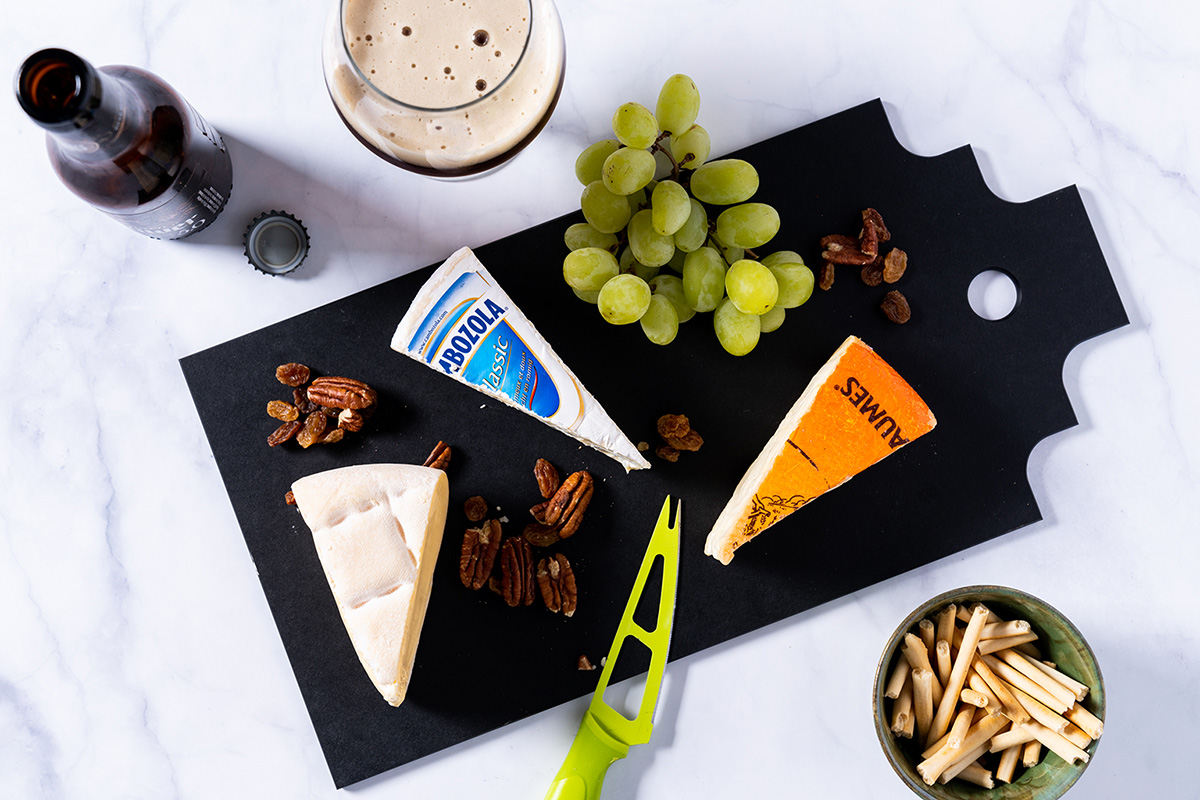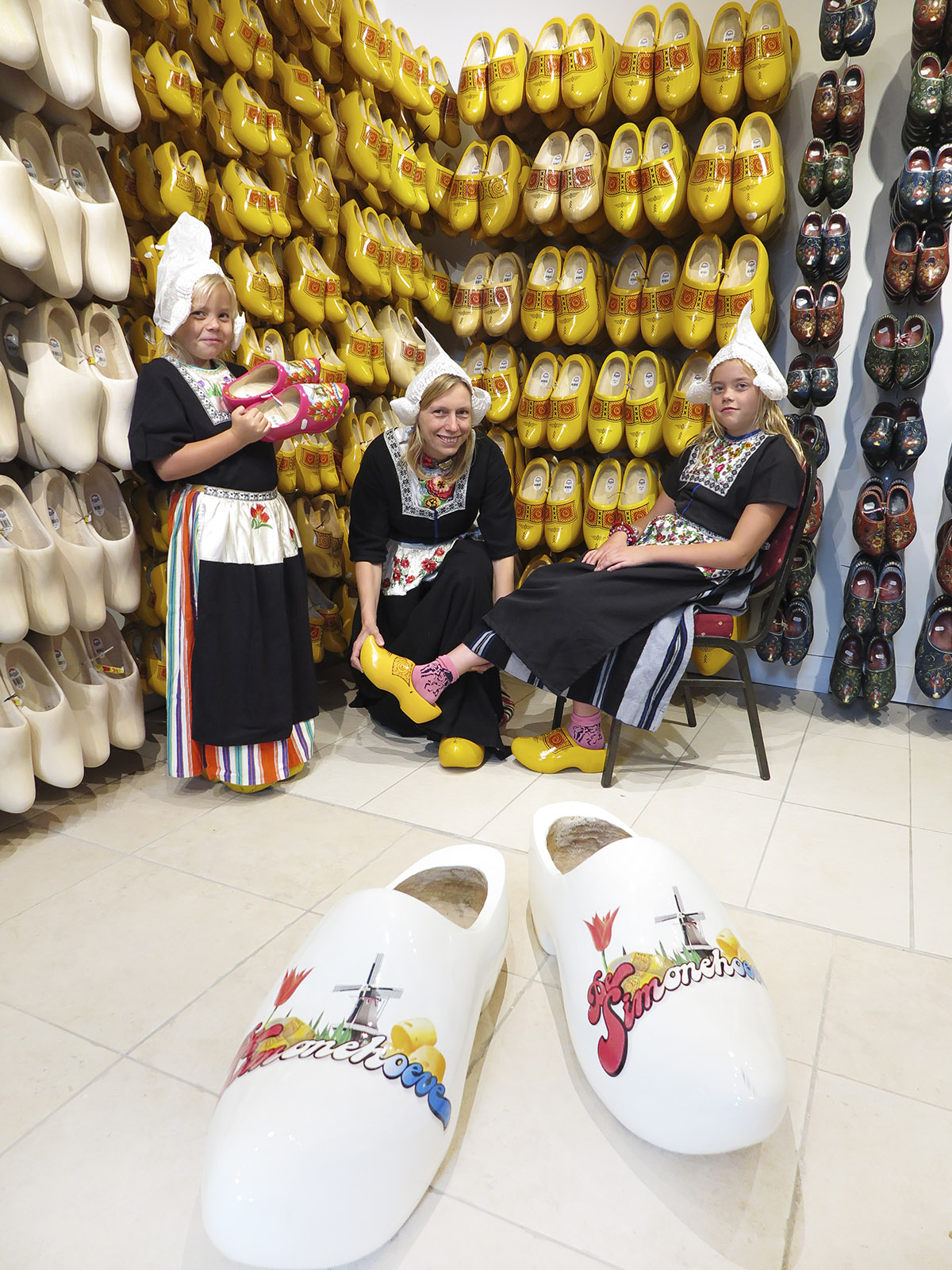Livar
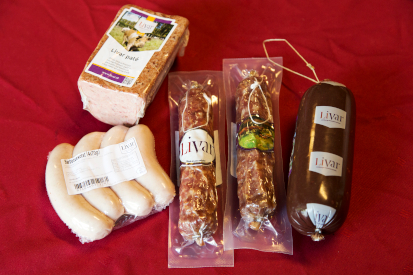
Livar: premium pork from a monastery in Limburg, the Netherlands
TEXT & PHOTOS © STUART FORSTER
Livar pork is a premium product produced in Limburg, in the south of the Netherlands. The centre of Livar’s operations is a farm on Lilbosch Abbey’s 150-hectare estate, near Echt, at the narrowest point in the country.
“It’s less than five kilometres from Belgium to Germany,” says Frans de Rond, one of the founders of Livar, gesticulating with a right to left sweep of his arm while looking out at the lush countryside that surrounds the Cistercian abbey. 125 years ago, the land was a swamp. Monks drained the area and, in doing so, created rich farmland. Though the monks at Lilbosch do not eat meat, Frans and his business partners began cooperating with the abbey in 1999 with the objective of creating what he terms a ‘Grand Cru’ product.
“We had a hard life. The social life was very hard. Making money was not easy,” says Frans de Rond, about existence as a pig farmer in Limburg in the late 1990s. Along with his fellow farmers, Frans began seeking an alternative to producing low-cost meat for sale in supermarkets: “We went to talk with a lot of people about how we could do it better in the future. We talked with owners of restaurants, chefs, butchers and consumers. In the discussions there was one common line — get out of the circle of producing at cost price and in an anonymous way.”
Inspired by quality hams
Frans remembers how inspiration came during a visit to a fine-dining restaurant. The establishment’s chef said that people did not want pork in a quality restaurant. Yet Frans opened the menu and saw prosciutto and pata negra listed — both, of course, are made with meat from pigs. It became apparent to Frans that the farmers should strive towards making a special product that made consumers happy.
“We looked for a pig to make tasty meat,” he recalls. “Fat is the base of quality and of taste,” explains Frans. The farmers selected Old Landrace, Duroc, British Saddleback and Swabian-Hall pigs because “all four have fat, but not too much — the base of the taste” and crossbred them to create the ancestors of the animals that can today be seen on nine farms in Limburg. The meat from the pigs is notable for the marbling of its fat, a factor that gives good depth of flavour.
The animals are fed with pellets made from barley, wheat and rye that is grown organically in fields around Lilbosch Abbey. The grain is harvested each August and September, then stored in silos on the estate. The feed helps provide Livar pork with flavour, explains Frans, whose son Frank is the company’s managing director.
A free-range lifestyle
Another factor, he suggests, is the quality of life enjoyed by Livar pigs. “People have to pay a lot for a mud bath but our pigs can have it for free,” jokes the man who has become known as Mister Livar. The pigs enjoy wallowing in mud as they are unable to sweat so contact with mud helps cool them on warm days. The animals are free to spend time in their sties, which have straw bedding, or outdoors in pens and fields. Their free-range lifestyle is one of the reasons why Livar has been awarded three stars for animal welfare — the maximum possible.
At first, just one pig was slaughtered every fortnight. “The taste of the meat was very good. People wanted it. We grew. We copied this concept on other farms in our region, Limburg. Now, besides the monastery farm, we have eight farms in the region,” explains Frans.
Breeding, via artificial insemination, takes place on four of those farms. Nonetheless, the presence of a boar is required to make sows receptive. Lilbosch has 35 breeding sows. They bear two litters a year, resulting in between 700 and 800 piglets.
Every week, approximately 200 Livar pigs are now taken to a slaughterhouse in Venlo, which is located less than an hour’s drive from all of the farms. The animals are aged 11 to 12 months and weigh between 140 and 150 kilogrammes. They are used from nose to tail. Ears are processed into dog food and trotters are transported to China. Their blood is made into black pudding. After skin and bone is removed, the carcasses weigh around 90 to 100 kilogrammes, of which one-third can be made into ham.
A selection is dried in Parma, to create Livar’s Prosciutto de Monastere. 300 grammes of meat goes into each Livarano sausage, which weighs 160 grammes after drying: “We say it is 150 per cent meat. It is important to cut it very thin. It is better to take two or three slices than one thicker piece. You get more flavour,” explains Frans during a tasting.
Livar meat is today sold to directly to restaurants and butchers but not to supermarkets. And to those that Livar do distribute to, demand for the popular meat frequently outstrips supply.
Subscribe to Our Newsletter
Receive our monthly newsletter by email
